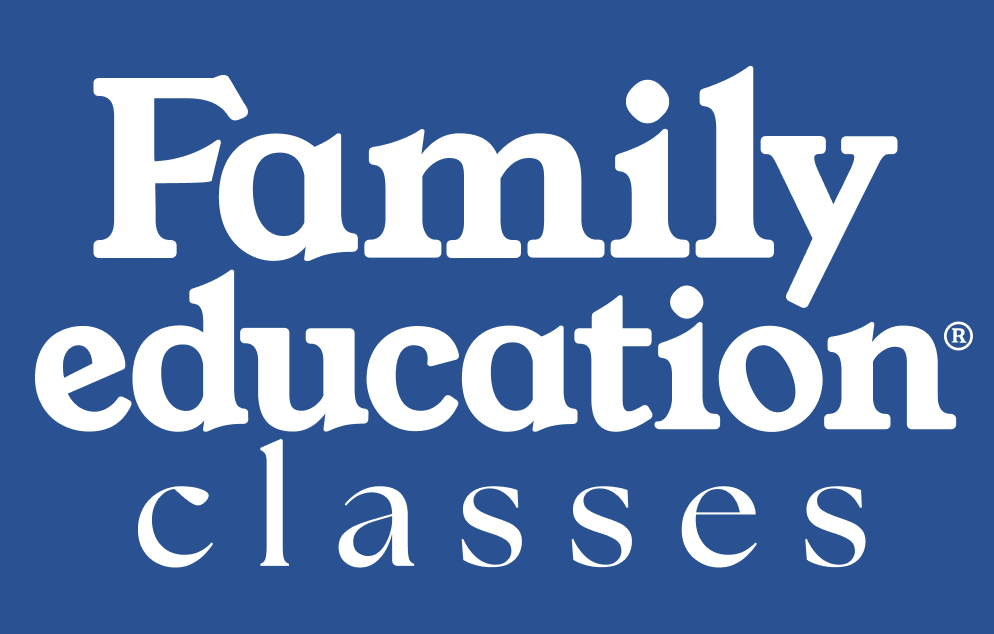Quiz
1. Haiku originated in:
2. A type of poetry that does not require rhyme or metrical structure is called:
3. "World broods with warm breast and with ah! bright wings" (Gerard Manley Hopkins)
The above line is an example of:
4. Personification is:
5. "Hope is the thing with feathers—/ That perches on the soul—" (Emily Dickinson)
The above lines are an example of:
6. "Let me not to the marriage of true minds/ Admit impediments . . ." (William Shakespeare)
The above lines are an example of:
7. A word used to imitate a sound is known as:
8. All Shakespearean sonnets end with a:
9. Similes are different from metaphors in that they:
10. "Why does a boy who's fast as a jet/ Take all day—and sometimes two—/ To get to school?" (John Ciardi)
The above lines are an example of:
1. Haiku originated in:
Japan.
2. A type of poetry that does not require rhyme or metrical structure is called:
Free verse.
3. "World broods with warm breast and with ah! bright wings" (Gerard Manley Hopkins)
The above line is an example of:
Alliteration.
4. Personification is:
Writing about things as if they were people.
5. "Hope is the thing with feathers—/ That perches on the soul—" (Emily Dickinson)
The above lines are an example of:
Metaphor.
6. "Let me not to the marriage of true minds/ Admit impediments . . ." (William Shakespeare)
The above lines are an example of:
Consonance.
7. A word used to imitate a sound is known as:
Onomatopoeia.
8. All Shakespearean sonnets end with a:
Couplet.
9. Similes are different from metaphors in that they:
Use the word like or as.
10. "Why does a boy who's fast as a jet/ Take all day—and sometimes two—/ To get to school?" (John Ciardi)
The above lines are an example of:
Hyperbole.
